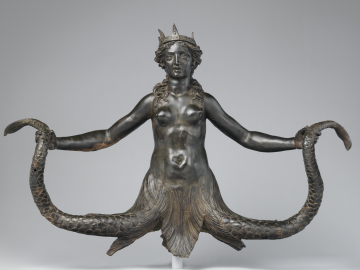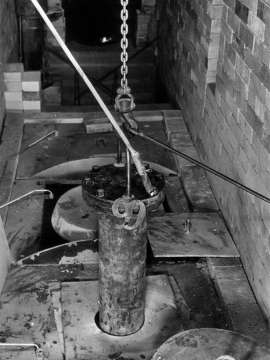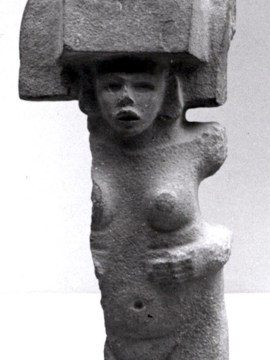Editor's letter
Jessica WhiteAmanda Niehaus
Hello! First of all, thank you to everyone who’s helped us get here! Science Write Now has been a long time in the making, and along the way we’ve benefited from countless conversations with friends and colleagues about science and writing and reading. It feels like every book club, panel, or workshop we attended; every novel or story or essay or poem we read or wrote; every door that closed on where we thought we were going—they all led here. To this moment.
Isolation has kept performers from their audiences and writers from their readers, as book tours and festival and library events have been canceled and publication dates pushed back. In an average year, the typical Australian writer earns $13,000 for their writing. In pandemic times? We don’t yet know. We are both looking to the future with some anxiety, but also hope.
Thanks to the Australia Council for the Arts Resilience funding, we now have a space to showcase creative writing about science, connect writers with science and scientists, and celebrate all the forms that truth takes. Creative writing is important for science because it shows us what ideas and facts mean in our lives, helping us contextualise information in a modern era in which—let’s be honest—we are bombarded with way too much random information. This is the place where we make it all real.
In this first edition, we are celebrating Women in Science with essays, fiction, poetry, and interviews with/from writers and scientists across Australia. Jess writes about 19th-century botanist Georgiana Molloy, asking why her work was never quite considered ‘science’; Amanda asks us to move beyond 1950s stereotypes; Alicia Sometimes captures the careers of scientists Emmy Noether and Carolyn Beatrice Parker in poetry; and Krissy Kneen shares an excerpt from her forthcoming novel, Theories of Entanglement, in which a young woman ultimately choses to leave science. In craft-based essays, Andrea Baldwin shows us how science can be effectively integrated into story, and Donna Mazza examines her process in writing her science-based novel, Fauna. Visual ecologist Karen Cheney gives us insights into her research on fish vision and colour, inspiring us to create a few writing prompts based on colour vision and communication. Amanda also shares some of what she’s been reading and listening to, and there are a heap of great links to valuable science-y resources you might use to inspire your work.
Finally (!), we’ve just posted our interview with Laura Elvery whose latest short story collection Ordinary Matter derives its inspiration from the names and motivations of twenty women in science who won the Nobel Prize. You don’t want to miss this! And if you’d like a copy of Laura’s book, we have one to giveaway, courtesy of UQP. Anyone who signs up for our newsletter before 7 September is eligible to win!
Thanks for being part of this new community! Please keep in touch—let us know what else you’d like to see on the site and send us your new or previously-published work!
Feature image via 'Art Collection - The Metropolitan Museum of Art'


